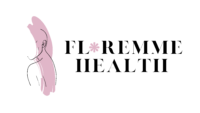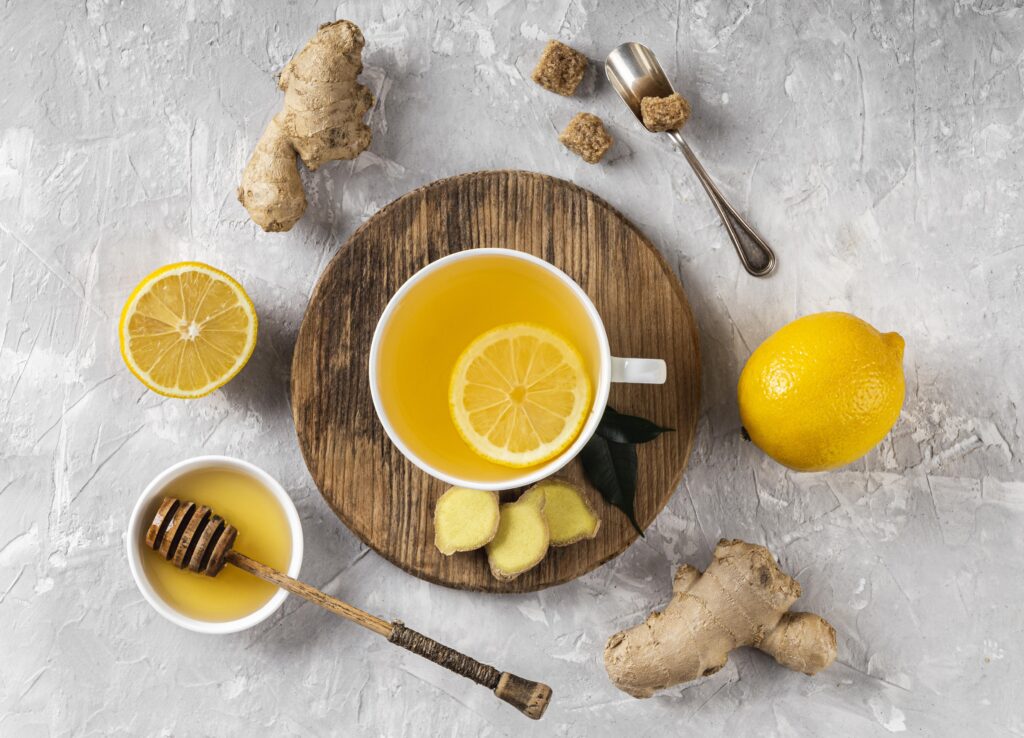Natural Remedies for Menstrual Cramps and
Bloating
Menstrual cramps and bloating are common symptoms experienced by many women during their
menstrual cycle. These discomforts can significantly impact daily activities, prompting the
search for effective and natural remedies. While over-the-counter medications are widely used,
many prefer natural solutions due to their holistic approach and minimal side effects. This article
explores various natural remedies for menstrual cramps and bloating.
Understanding Menstrual Cramps and Bloating
Menstrual Cramps
Menstrual cramps (primary dysmenorrhea) are highly prevalent, affecting between 17 and 80%
of premenopausal women worldwide. Despite this, the pathophysiology of dysmenorrhea is not
yet completely understood. (Bann, S. et al., 2022)
Dysmenorrhea, or painful menstruation is the most common gynecologic complaint among
young adult females. It is mainly of two types primary and secondary. Dysmenorrhea in young
adults is usually primary (functional) and is defined as cramping pain in the lower abdomen
occurring just before or during menstruation. Secondary dysmenorrhea is dysmenorrhea which is
associated with an existing pelvic pathology such as endometriosis which also includes menses
pain. Although it is a normal physiological process, many adolescents hardly have any
knowledge regarding normal and abnormal menstruation and do little to alleviate the symptoms.
(Lin, P. Y. et al., 2014)
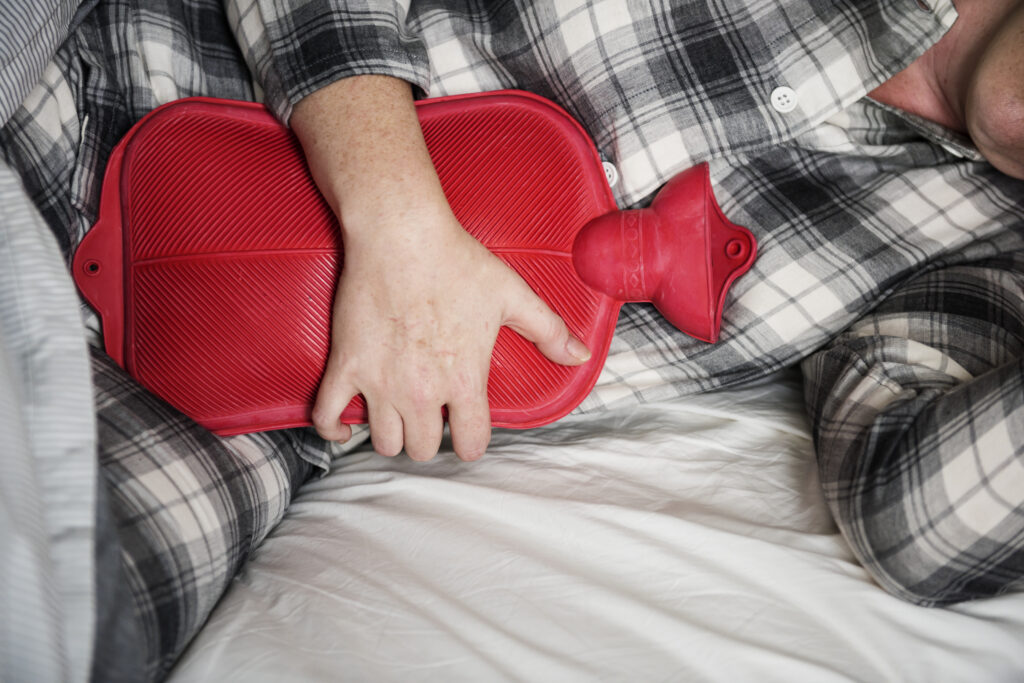
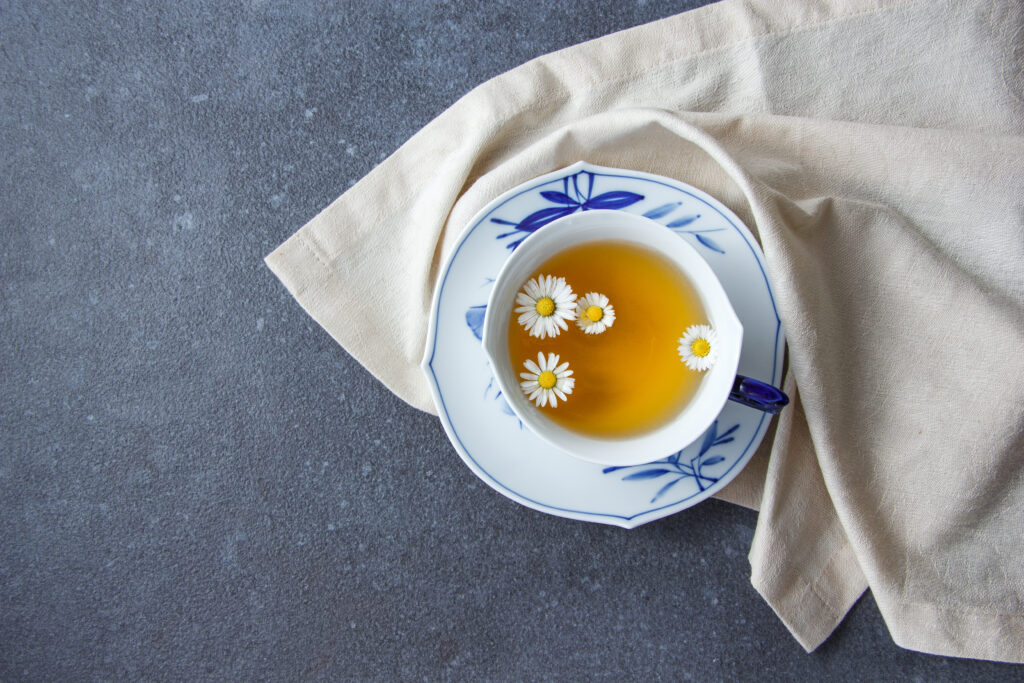
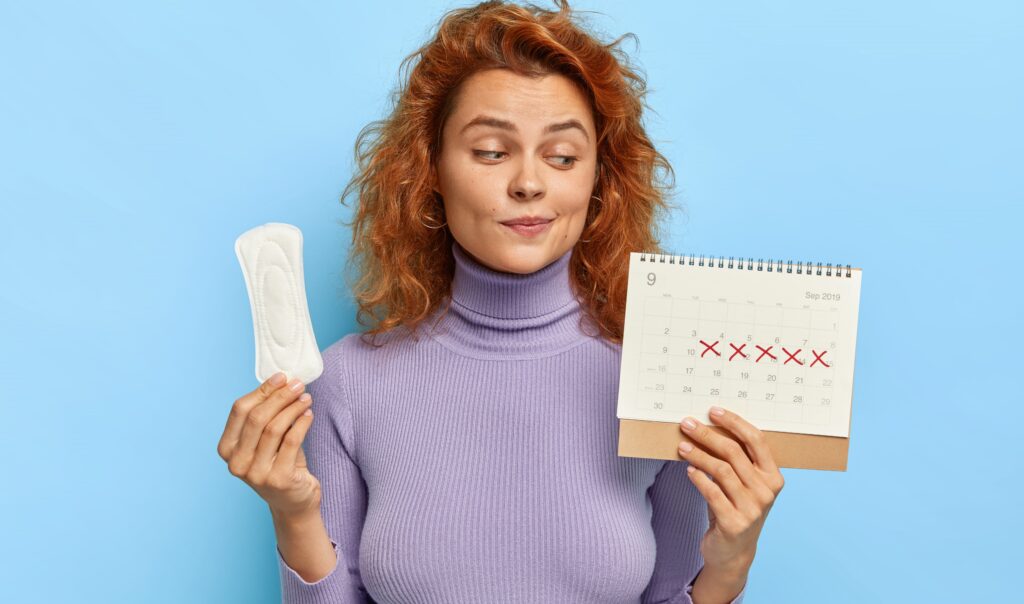
The cause of pain at the time of menses is believed to be due to the production of prostaglandins
in the endometrium in an ovulatory cycle. It is one of the most important causes of absenteeism
among adolescent girls as it affects their academic performance and also has a negative impact
on quality of life. The International Association for the Study of Pain has estimated that at each
menstrual period, approximately 10% -15% of dysmenorrheic women are not able to work for 1
to 3 days. Compared with normal women, women with primary dysmenorrhea tend to have an
increased activity of the uterine muscles and increased uterine prostaglandins. The inflammatory
response mediated by these prostaglandins and leukotrienes produces cramps and systemic
symptoms such as nausea, vomiting, and bloating. The prostaglandin F2a, cyclooxygenase
(COX) which is a metabolite of arachidonic acid, causes potent vasoconstriction and myometrial
contractions, further causing ischemia and pain. (Prabhu, S. et al., 2019), (Yang, N. Y., & Kim, S. D.
2016).
Do you experience severe cramps, irregular periods, and other menstrual discomforts? We’ve got
the solution for you!
Say goodbye to discomfort and hello to confidence with our personalized Menstrual Health
program!
Bloating
Bloating during menstruation is often due to hormonal changes that cause the body to retain
water and salt. This retention leads to swelling and a feeling of fullness or tightness in the
abdomen. Diet, stress, and lack of exercise can exacerbate bloating.
A meaningful part of women suffers from premenstrual syndrome (PMS) characterized by
behavioral and physiosomatic symptoms appearing during the luteal phase of the menstrual cycle
and ameliorating after the onset of menses and including depression (mood swings, sensitivity to
rejection, less interest, interference with hobbies and relationships), anxiety (hopelessness,
anxious, insomnia, being overwhelmed), psychosomatic (concentration disturbances, lethargy,
headache, muscle/joint pain, bloating) symptoms, and appetite and craving and breast tenderness
and swelling. (Roomruangwong, C. et al., 2021),
Natural Remedies for Menstrual Cramps
1. Heat Therapy
Applying heat to the lower abdomen is the easiest way to control menstrual cramps. The heat
helps relax the contracting muscles in the uterus. Alternatively, Place a heating pad over the
lower part of the abdomen and lower back, or use a plastic bottle filled with hot water and apply
the heat until the pain is reduced. (Begum, M. et al., 2016)
2. Herbal Teas
Herbal teas, such as chamomile, ginger, and peppermint, have been traditionally used to alleviate
menstrual cramps. These teas contain anti-inflammatory and antispasmodic properties that can
help reduce pain and relax the muscles.
German chamomile oil is best known for its ability to reduce inflammation. This oil is a deep
blue in color due to the presence of azulene. It also has some pain-reducing effects, promotes
calming of the nerves, and reduces anger, irritability, and depression which are very common
symptoms during menstruation. (Begum, M. et al., 2016)
3. Regular Exercise
Regular physical activity is very important for promoting the flow of qi in the body. A lack of
exercise can increase the severity and duration of symptoms associated with dysmenorrhea. In
addition to a regular physical exercise regimen, a good moving meditation can help balance
emotions, reduce stress, strengthen the organs, and regulate menstruation. Regular exercise,
including exercise right before and during your menstrual cycle, can and will help lessen the
severity of menstrual cramping. Swimming can also lessen menstrual flow, and lessen cramps.
(Begum, M. et al., 2016)
4. Acupuncture
Acupressure and reflexology are alternative medicine techniques that are based on the theory of
holistic self-healing using solely physical pressure. The pressure applied at specific points helps
in increasing the flow of life energy through the meridians and clears the blockages. PMS or
premenstrual syndrome is a batch of symptoms that are linked with the menstrual it can surely
disrupt normal life of a woman for a few days. Acupressure therapy can be used to treat the
symptoms of PMS quite successfully. Below listed some of the most important points ranging
from various parts of the body that are useful for acupressure treatment of premenstrual
syndrome. (Begum, M. et al., 2016)
5. Dietary Adjustments
Adequate nutrition is very important and since Dysmenorrhea is an inflammatory state in the
body, it is important to avoid foods that increase inflammation response. High glycemic foods
are known to increase levels of inflammatory chemicals in the body, including PGF2. Therefore,
food containing an antiinflammatory activity or an anti-inflammatory diet is important. Several
studies have indicated that certain vitamins are very effective in reducing the severity of
menstrual cramps. Following a healthy diet is very important at all times and not just during the
menstrual cycle. However, healthy foods can help restore energy levels and reduce lethargy,
tiredness, weakness, and fatigue. (Begum, M. et al., 2016)
Do you want to know how healthy your menstrual cycle is? Take our short quiz to find out and
get personalized insights.
Natural Remedies for Bloating
1. Hydration
Drinking plenty of water helps flush out excess salt and reduce water retention, which can
alleviate bloating. (Bachynski, M. 2024).
2. Probiotics
Probiotics are beneficial bacteria that support gut health. Consuming probiotic-rich foods, such
as yogurt and kefir, can help balance the gut microbiota and reduce bloating. (Bachynski, M. 2024).Probiotics are beneficial bacteria that support gut health. Consuming probiotic-rich foods, such
as yogurt and kefir, can help balance the gut microbiota and reduce bloating. (Bachynski, M. 2024).
3. Fennel Seeds
Fennel seeds are known for their carminative properties, which help relieve gas and bloating.
Chewing fennel seeds or drinking fennel tea can provide relief. (Bachynski, M. 2024).
4. Yoga and StretchingYoga and Stretching
Yoga and stretching exercises can improve digestion and reduce stress, both of which can help
alleviate bloating. Specific poses, such as the child’s pose and cat-cow stretch, are particularly
beneficial. (Bachynski, M. 2024).
Conclusion
Menstrual cramps and bloating can be challenging to manage, but natural remedies offer a
holistic and effective approach. Heat therapy, herbal teas, dietary adjustments, regular exercise,
acupuncture, hydration, probiotics, peppermint oil, fennel seeds, and yoga are all viable options
supported by recent research. By exploring these natural remedies, women can find relief and
improve their overall menstrual health.
References
Yang, N. Y., & Kim, S. D. (2016). Effects of a yoga program on menstrual cramps and menstrual distress in
undergraduate students with primary dysmenorrhea: a single-blind, randomized controlled trial. The Journal of
Alternative and Complementary Medicine, 22(9), 732-738.
Bann, S., Goshtasebi, A., Shirin, S., & Prior, J. C. (2022). A one-year observational cohort study of menstrual
cramps and ovulation in healthy, normally ovulating women. Scientific Reports, 12(1), 4738.
Prabhu, S., Nagrale, S., Shyam, A., & Sancheti, P. (2019). Effect of yogasanas on menstrual cramps in young adult
females with primary dysmenorrhea. Int J Physiother Res, 7(4), 3129-3134.
Lin, P. Y., Tsai, Y. T., Lai, J. N., Yeh, C. H., & Fang, R. C. (2014). Bian zheng lun zhi as a complementary and
alternative treatment for menstrual cramps in women with dysmenorrhea: a prospective clinical
observation. Evidence‐Based Complementary and Alternative Medicine, 2014(1), 460386.
Roomruangwong, C., Sirivichayakul, S., Matsumoto, A. K., Michelin, A. P., de Oliveira Semeão, L., de Lima
Pedrão, J. V., … & Maes, M. (2021). Menstruation distress is strongly associated with hormone-immune-metabolic
biomarkers. Journal of Psychosomatic Research, 142, 110355.
Begum, M., Das, S., & Sharma, H. K. (2016). Menstrual disorders: causes and natural remedies. J Pharm Chem Biol
Sci, 4(2), 307-20.
Bachynski, M. (2024). Nature’s Cure: Healing the Body with Herbal Remedies. eBookIt. com.
Larijani, B., Esfahani, M. M., Moghimi, M., Ardakani, M. R. S., Keshavarz, M., Kordafshari, G., … & Zargaran, A.
(2016). Prevention and treatment of flatulence from a traditional Persian medicine perspective. Iranian Red Crescent
Medical Journal, 18(4).
